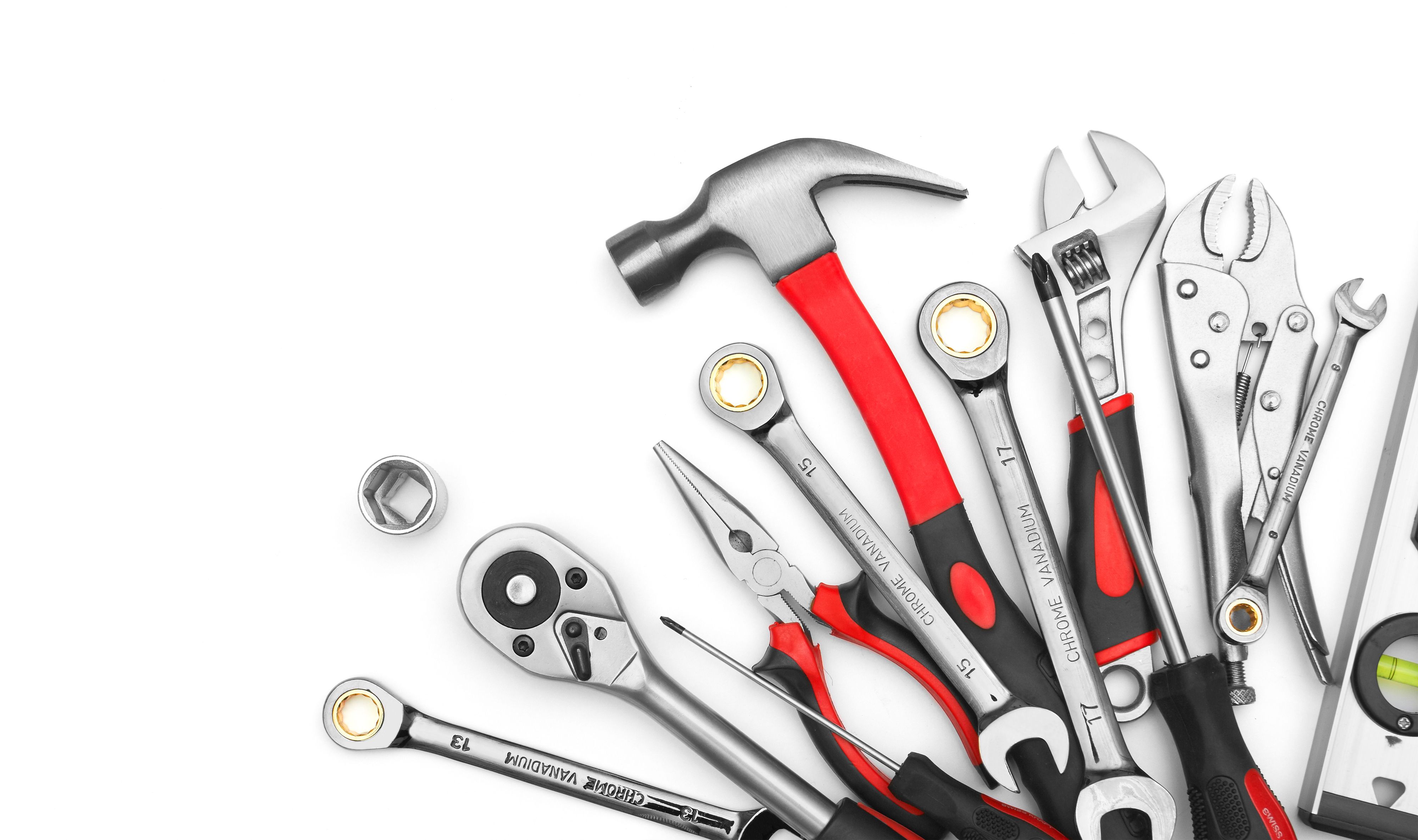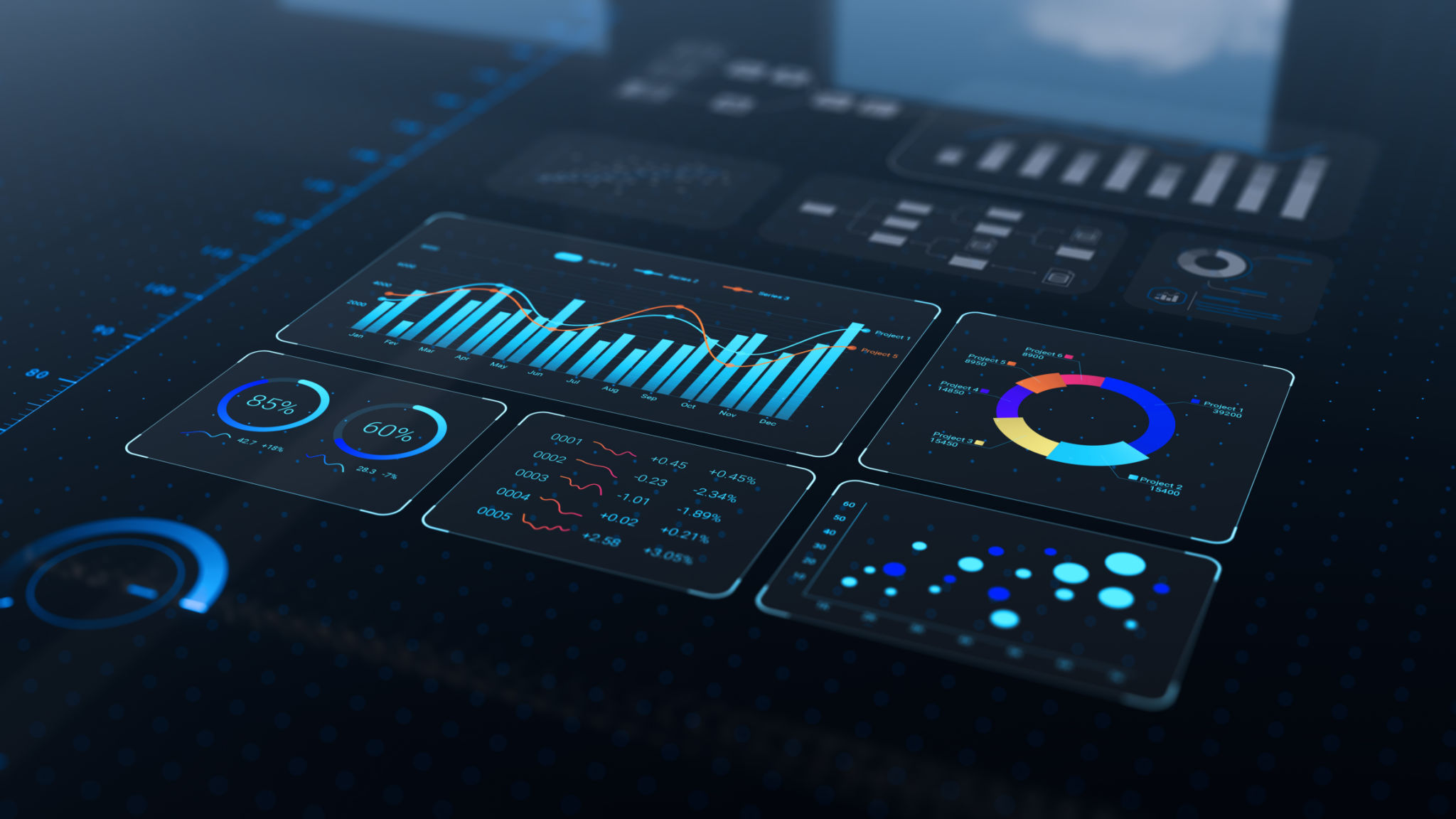Assessing Current Maintenance Practices for Optimal Asset Management
Understanding the Importance of Maintenance Practices
Before any organization can transform its maintenance function, it must first understand where it currently stands. Too often, companies leap into new technologies, initiatives, or frameworks without critically evaluating their existing practices. This results in fragmented processes, misaligned investments, and—ultimately—underwhelming outcomes. Assessing current maintenance practices is therefore a vital first step in building a resilient, efficient, and future-proof asset management strategy.

Evaluating Existing Maintenance Strategies
Maintenance is more than a cost center; it is a strategic enabler of reliability, safety, and competitiveness. However, without a clear baseline of how practices are currently executed, organizations are blind to inefficiencies and risks. According to Muchiri et al. (2011), systematic performance measurement in maintenance helps identify bottlenecks, optimize resource allocation, and align activities with business goals.
In short, you cannot improve what you do not measure.
Key Dimensions of Assessment
A thorough maintenance assessment should examine multiple dimensions, as no single metric captures the full picture. Below are some of the most critical areas:
1. Strategy and Alignment
Does the maintenance function have a documented strategy that is aligned with business objectives? Organizations often find themselves stuck in reactive maintenance, where equipment is fixed only after it fails. This “firefighting” mode increases costs, reduces reliability, and creates unsafe working conditions (Moubray, 1997). Assessing whether preventive, predictive, or reliability-centered approaches are in use provides insight into the maturity of maintenance operations.
2. Processes and Planning
Robust processes are essential to consistent execution. Questions to ask include:
- Is there a structured work order management process?
- Are preventive maintenance (PM) schedules optimized, or are they based on outdated OEM recommendations?
- How effective is shutdown or turnaround planning?
- Process inefficiencies are a major source of hidden cost and lost capacity.
3. People and Skills
Maintenance depends heavily on the workforce. Skills gaps, aging teams, and lack of training can undermine even the best strategies. TPM principles emphasize operator engagement and workforce empowerment as cornerstones of world-class maintenance (Nakajima, 1988). Assessing workforce competencies and cultural readiness is therefore critical.
4. Technology and Data
The role of digital tools cannot be overstated. Computerized Maintenance Management Systems (CMMS), IoT sensors, and predictive analytics enable organizations to capture and analyze real-time asset health data. However, many companies underutilize their systems—using them merely for work order tracking rather than performance optimization. A maturity assessment should therefore evaluate both technology adoption and data quality.
5. Performance and Metrics
Finally, KPIs provide a quantitative lens on performance. Common metrics include:
- Mean Time Between Failures (MTBF)
- Mean Time to Repair (MTTR)
- Planned vs. unplanned work ratio
- Maintenance cost as a percentage of asset replacement value (ARV)
Benchmarking these indicators against industry best practices provides valuable context for identifying performance gaps (Campbell & Reyes-Picknell, 2015).

Tools and Frameworks
Several established frameworks exist to structure maintenance assessments:
- ISO 55001: Provides guidance on aligning asset management with organizational objectives (ISO, 2014).
- Reliability-Centered Maintenance (RCM): A methodology for determining the most effective maintenance approach for each asset (Moubray, 1997).
- Maintenance Maturity Models: Tiered frameworks that help organizations assess their progression from reactive to predictive and proactive practices (Stenström et al., 2013).
These tools offer structured ways to evaluate current performance and define clear improvement roadmaps.
From Assessment to Action
An assessment is only valuable if it leads to action. The outcomes should feed into a roadmap that prioritizes quick wins alongside long-term transformation. For example, an organization may identify that preventive maintenance tasks are consuming excessive resources without improving reliability. Reassessing PM intervals and shifting toward condition-based approaches may deliver both cost and performance improvements.
Similarly, if workforce skills gaps are identified, investment in targeted training or cross-functional TPM initiatives can yield rapid cultural and operational gains.

Conclusion
Assessing current maintenance practices is not a one-off audit—it is the foundation for continuous improvement. By critically evaluating strategy, processes, people, technology, and performance, organizations can uncover hidden inefficiencies, reduce risks, and unlock long-term value. In an era where digital technologies are redefining industrial competitiveness, companies that skip this crucial step risk falling behind.
A robust assessment provides the clarity needed to move maintenance from a reactive cost center to a strategic enabler of operational excellence.
References
Campbell, J.D. & Reyes-Picknell, J.V. (2015). Uptime: Strategies for Excellence in Maintenance Management. 3rd ed. Boca Raton: CRC Press.
ISO (2014). ISO 55001: Asset Management – Management Systems – Requirements. International Organization for Standardization.
Moubray, J. (1997). Reliability-Centered Maintenance. 2nd ed. New York: Industrial Press.
Muchiri, P., Pintelon, L., Gelders, L. & Martin, H. (2011). "Development of maintenance function performance measurement framework and indicators," International Journal of Production Economics, 131(1), pp. 295–302.
Nakajima, S. (1988). Introduction to TPM: Total Productive Maintenance. Cambridge, MA: Productivity Press.
Stenström, C., Parida, A. & Kumar, U. (2013). "Linking maintenance performance measurement to the overall goals and strategies of the company," International Journal of Strategic Engineering Asset Management, 1(1), pp. 60–76.
